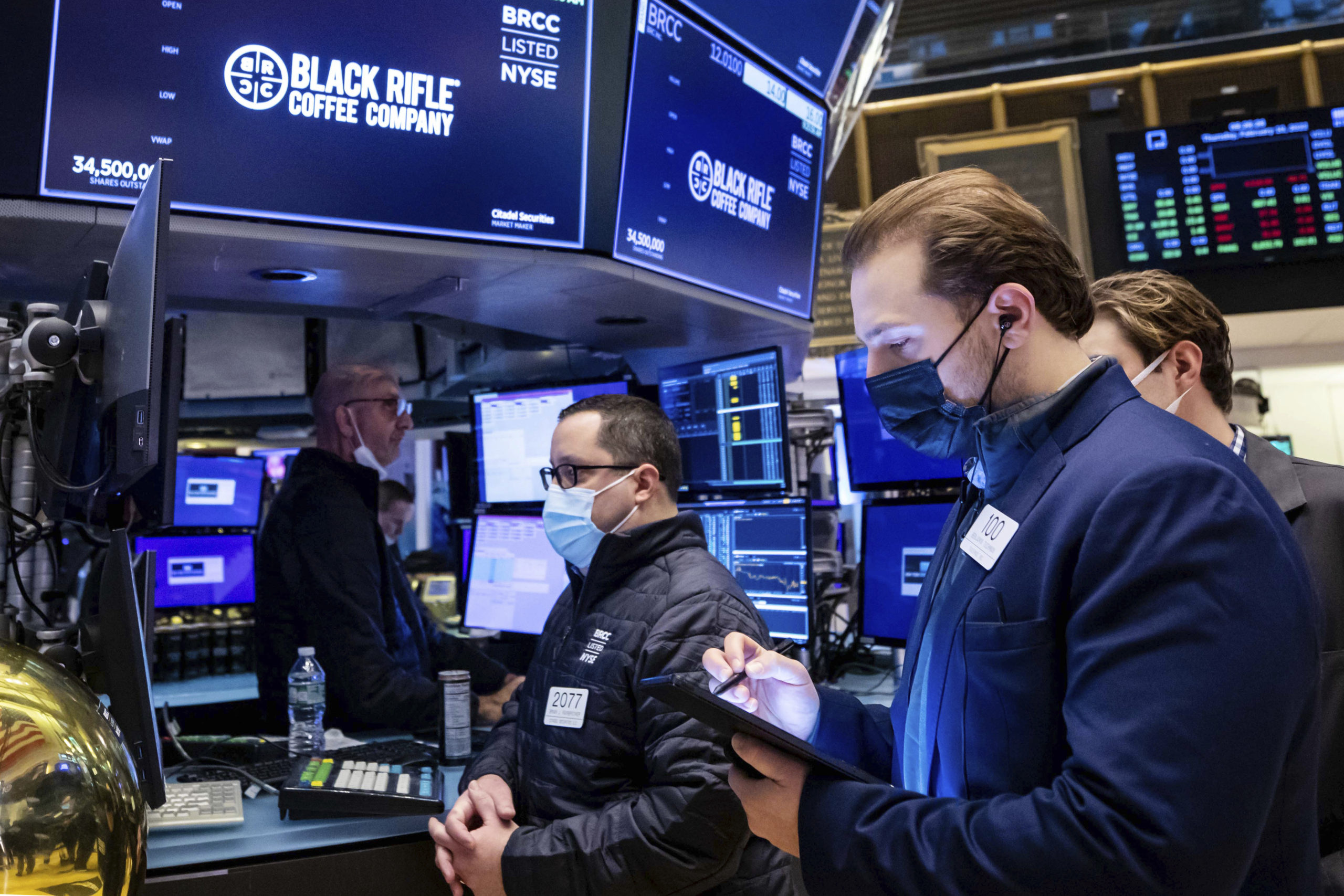WASHINGTON (AP) — Federal Reserve policymakers concluded last month that they would accelerate their tightening of credit if inflation failed to slow in the coming months.
Most officials agreed that faster interest rate hikes would be needed “if inflation does not move down” as the Fed’s policymaking committee expects, according to the minutes of the central bank’s late January policy meeting, which were released Wednesday.
The minutes underscore the urgency that the Fed under Chair Jerome Powell feels about reining in a sharp spike of inflation, which has persisted longer and broadened to more industries than the policymakers had expected. As recently as December, Fed officials forecast that inflation, based on their preferred measure, would fall to an annual rate of 2.6%. It is currently 5.8%.
Most analysts expect Fed officials to raise that forecast at their next meeting, in mid-March, to reflect the acceleration of consumer prices. Inflation has reached its highest pace in four decades, hammering household budgets and wiping out the benefit of rising wages.
Fed officials are expected to raise their benchmark short-term rate several times this year beginning in March. But economists have increasingly suggested that the Fed has waited too long to unleash its inflation-fighting tools.
“The Fed is behind the curve,” said James Orlando, senior economist at TD Economics. “It needs to catch up, which will hopefully cool some of the inflationary froth.”
At a news conference after their Jan. 26 meeting, Powell said Fed officials would have “humility” and be “nimble” in their rate decisions. He also said then that the policymakers are “of a mind to raise the federal funds rate at the March meeting, assuming that conditions are appropriate for doing so.”
A number of Fed officials have acknowledged recently that inflation has proved worse than they expected. And the minutes of the January meeting noted that officials “remarked that recent inflation readings had continued to significantly exceed the (Fed’s) longer-run goal and elevated inflation was persisting longer than they had anticipated.”
The minutes also underscored a point Powell made at his news conference last month: With the economy growing at a healthy clip and with unemployment at just 4%, the Fed can raise rates at a much faster pace this time than it did in 2015-2018, when it carried out no more than four hikes each year.
Investors are anticipating seven quarter-point rate hikes this year, according to futures markets, up from just four a month ago.
Fed officials have sent conflicting signals since the government released an inflation report last week that showed prices rising faster than expected.
James Bullard, president of the Federal Reserve Bank of St. Louis, said Monday that he favors raising the Fed’s benchmark rate by a full percentage point over its next three meetings. Under that scenario, one of those rate increases would amount to a half-point.
Other Fed officials have supported more gradual steps. One of them, Neel Kashkari, head of the Minneapolis Fed, on Wednesday outlined a restrained approach to rate hikes. Kashkari predicted that inflation would decline partly on its own over the coming year as supply chains unclog and long-term trends, such as an aging society, restrain spending.
“My caution to my colleagues and myself is, let’s not overdo it,” Kashkari said in an online question-and-answer session with employees at United Natural Foods. “If we raise rates really aggressively, we run the risk of slamming the brakes on the economy, putting the economy into recession.”

